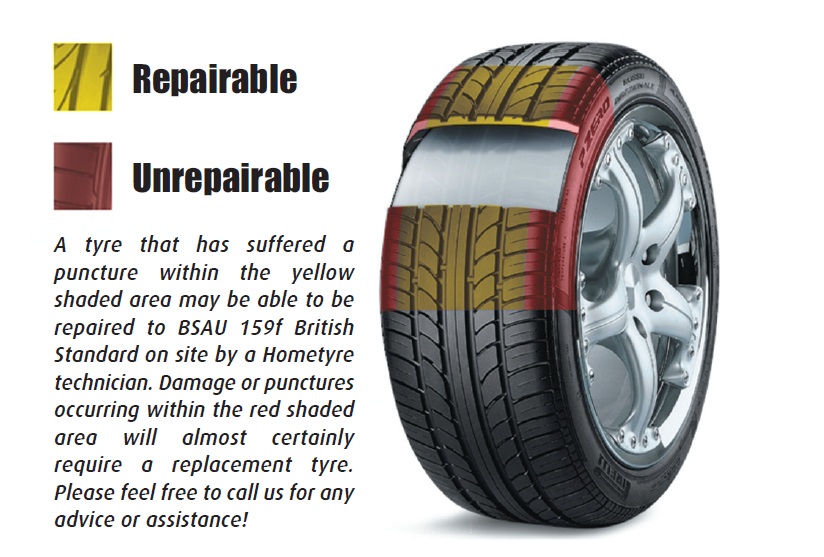Written by Steven Schiller
Fact checked by Henry Speciale
In this post, we will uncover how many times can you plug a tire and the reasons why you shouldn’t drive long distances on a plugged tire.
In general, it is safe to plug a tire twice, provided that the punctures are smaller than ¼ inch in diameter, at least 16 inches apart, and nowhere near the tire’s shoulder and sidewall. The second plug cannot be done in the same spot if the tire had multiple punctures in other areas or the previous repair has been compromised.
Remember that plugging is a temporary seal solution that enables a driver to reach the nearest service center within up to 8 miles. Otherwise, it may cause a tire blowout.
Table of Contents
Can a tire be plugged twice? Yes, but not in the same place. Repairing a tire with a plug depends on the tire’s condition and tread quality.
One needs to determine the quality of repair done in the past, how big of a hole it had, its location, the extent of the damage, and the type of tread you have.

In any case, if you wonder how many plugs can a tire have, do not exceed three.
Plugging refers to the process of inserting tiny sticky leather strips to seal a small hole.
Manufacturers recommend using a plug cord to seal the vent hole. This specialized wire can expand or contract according to the shape and size of the hole, and you can push it in the puncture before re-inflating the tire.
On the other hand, patching refers to sticking a piece of adhesive-covered rubber on the inside of the tire to seal bigger holes. It requires more time and work than plugging and is often done by auto mechanics.
Here are some quick pointers on when to plug or patch a tire:
| Plugging | Patching |
| Small puncture caused by treading on a nail or screw | Puncture that are big or jagged |
| Puncture is in the tread area, ¾ area of the center | Holes closer to but not on the sidewall |
| Not for sidewalls with bulges, bubbles, or damage | |
Some drivers and mechanics use both methods – tire plug-patch.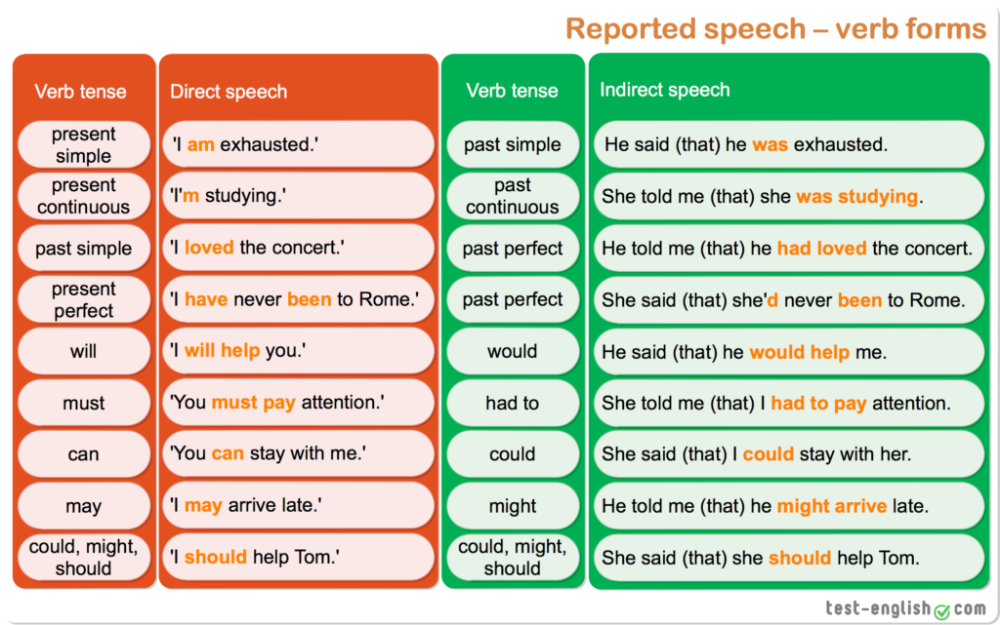
Doing a plug repair by yourself is acceptable in emergency cases. One can plug a tire without a plug tool.
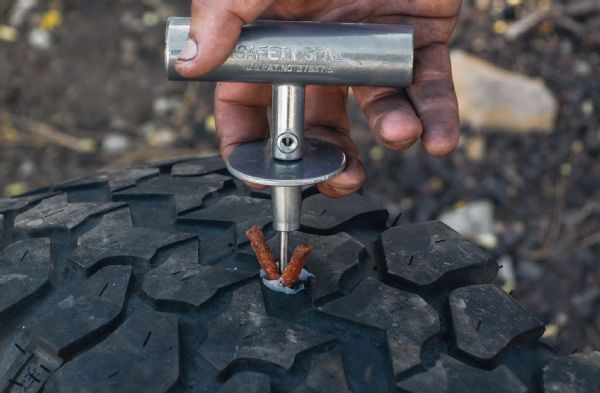
Consider replacing the tire instead of plugging or patching if:
It is not advisable to drive on a plugged tire because
Can you patch a tire 3 times?
A tire can be patched twice and up to three times. However, this rule goes out the window if the hole overlaps another patch or damaged area.
Is it dangerous to plug a tire too many times?
Yes. Environmental factors such as air and moisture cause the tire and the wheel to degrade over time. Plugging a tire numerous times indicates a serious tire issue that may lead to a blowout.
Plugging a tire numerous times indicates a serious tire issue that may lead to a blowout.
Can a tire be patched twice in the same spot?
No. You should get a new tire, especially if you don’t want to risk tire blowouts in the middle of trips.
Is it OK to drive on a plugged tire?
Yes. According to numerous studies, driving on a plugged tire is safe within short distances of up to 8 miles. However, plugging is a temporary fix, so finding the nearest tire service center for a proper repair should be the priority.
How long does a tire plug last?
A tire plug can last 7 to 10 years, provided that it was installed properly and the driving conditions are not harsh. For instance, driving on rough roads may cause the tire to incur more damage.
Plug or patch a tire: which is better?
Plugging a tire is effective for smaller holes. It is faster than patching (takes about 5-10 minutes) and easier to do.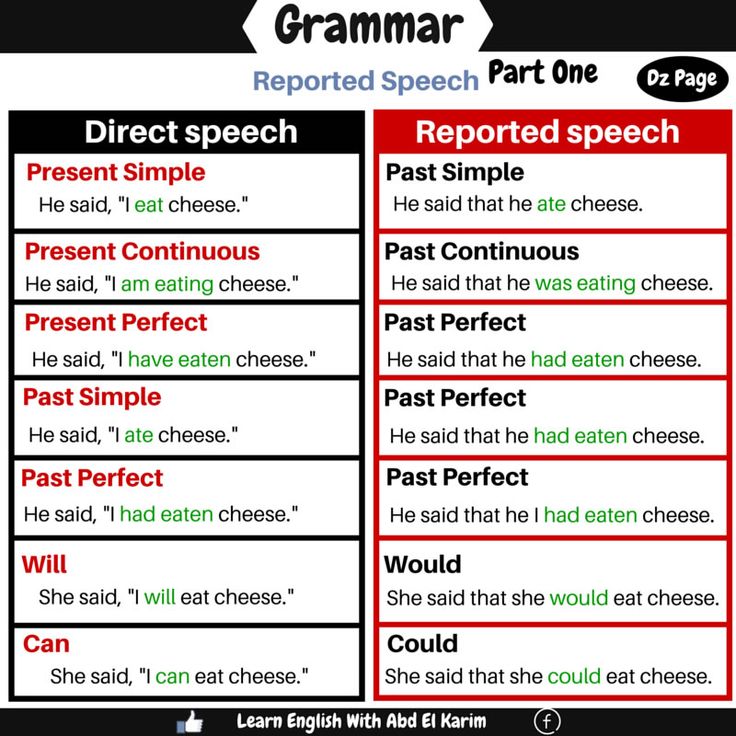 Conversely, for bigger holes, a patch repair is better and more durable. However, it takes about 30 minutes for a tire to be temporarily fixed using a patch.
Conversely, for bigger holes, a patch repair is better and more durable. However, it takes about 30 minutes for a tire to be temporarily fixed using a patch.
Though you now know how many times can you plug a tire or how many times can you patch a tire, it doesn’t mean that scrimping on repair all the time is good.
Plugging and patching are not long-term solutions. Tire plugs are useful for emergency cases, but they should not be overused. When deciding how many plugs can you put in a tire, two or three should be the maximum. Otherwise, the vehicle’s safety is at stake.
Remember to keep a plug kit with you in case someone uses a tire slasher tool on your car.
Read more: Can I plug a run flat tire?
Categories FAQsI'm Henry, the content writer for PPMC Transport.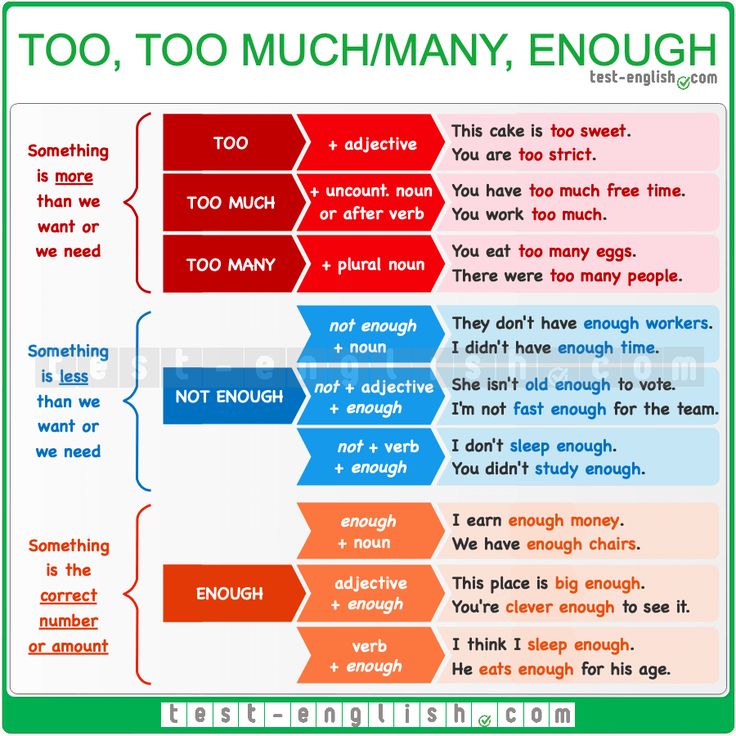 We build our site entirely on experience and extensive market and customer research. My goal is to create a trusted platform where people can go to determine what is best for their vehicles in terms of safety and convenience. Keep an eye out for our useful guide!
We build our site entirely on experience and extensive market and customer research. My goal is to create a trusted platform where people can go to determine what is best for their vehicles in terms of safety and convenience. Keep an eye out for our useful guide!
- Speciale Henry
My front right tire has seen better days. I’m worried it may not be able to be plugged again. How many times can a tire be repaired?
Will Baldwin · Answered on Nov 22, 2021
Reviewed by Shannon Martin, Licensed Insurance Agent.
As a rule, most tire shops will not plug a car tire more than three times.
If you’ve fixed the same tire several times, it’s likely a pretty serious issue—and may be a safety hazard. When you can afford it, you should replace it as soon as possible. Or soon enough, you might find yourself on the side of the road with a flat.
If your car is older and you’re worried about other vehicle issues, consider getting a roadside assistance membership with Jerry. Jerry’s roadside assistance membership protects you with its nationwide network of 55,000+ service providers for as little as $4.16 a month.
MORE: How to fix a flat car tire with Fix-a-Flat
Car RepairsCar PartsCar TiresRoadside Assistance
View full answer
WHY YOU CAN TRUST JERRY
Jerry partners with more than 50 insurance companies, but our content is independently researched, written, and fact-checked by our team of editors and agents. We aren’t paid for reviews or other content.
Browse More Content
Power Steering Pump Pulley Replacement Cost Estimate
Oil Pan Replacement
Throttle Position Sensor Replacement
Power Seat Switch Replacement
What To Do If Your Washer Fluid Does Not Spray Onto Windshield
Jeep Wrangler X Insurance Cost
Bmw X3 2. 5I Insurance Cost
5I Insurance Cost
Subaru Forester L Insurance Cost
Toyota Camry Solara Se Insurance Cost
Nissan Leaf S Plus Insurance Cost
Binghamton Car Insurance
Carroll Car Insurance
Perryton Car Insurance
Alsip Car Insurance
Lamont Car Insurance
I’ve been struggling to make my car payments recently, and my lender informed me the loan is underwater. I’m not sure what that means, but I just want to be done with it. Can you get out of an upside down car loan?
Lauren Smith
Nov 22, 2021
I’m looking to sell a car my grandmother gave me, but her name is still on the title. How do I switch it to mine so I can sell the car?
Will Baldwin
Nov 22, 2021
My neighbor’s nanny always parks in front of our house and regularly blocks our driveway. Who do you call if someone is parked in front of your driveway?
Who do you call if someone is parked in front of your driveway?
Will Baldwin
Nov 22, 2021
Browse All Questions
If your brand-new vehicle gets totaled, Liberty Mutual’s new car replacement insurance can help you buy a new one.
Melanie Krieps Mergen
Mar 03, 2023
How does Farmers roadside assistance measure up to competition like AAA? Let’s find out.
Katherine Duffy
Feb 28, 2023
Your age, driving record, coverage needs, and credit score are all reasons for high insurance rates—but there are simple ways to reduce your premium!
Andrea Barrett
Feb 24, 2023
Colorado
Comprehensive Coverage
Insurance Brokers and Agents
Suspended License
Rental Car Insurance
Road Safety
Drivers Licenses
Depreciation
Car Ownership
Pronto Insurance
Total Assets
Test Drive
Car Down Payments
Car Financing
Car Insurance Quotes
Alabama
Car Parts
Switch Car Insurance
Uninsured/Underinsured
Minivans
Diminished Value
Car Insurance Fraud
Market Value
Massachusetts
Flood Damage
Non Owner Car Insurance
Manual Cars
No long forms
No spam or unwanted phone calls
Quotes from top insurance companies
Find insurance savings — it's 100% free
Toyota
Hyundai
Mercedes-Benz
Subaru
Chevrolet
Mitsubishi
esportby. com
com
An easy way to quickly restore tire tightness and continue your journey. True, for this you need to have the right wheel repair kit with you.
Maxim Stroker
“Catching” a nail, screw or piece of wire in a wheel on the track is a trifling matter and somewhere even everyday. However, it turns into a serious "trouble" if this happens, for example, at night or a couple of tens of kilometers from the nearest tire fitting point. In theory, in this case, you need to put a spare wheel and go further. Although, in the case of a family trip on vacation, the process of digging it out from under a pile of junk in the trunk can turn into an adventure that deserves a separate story. Be that as it may, often the trouble does not come alone and the spare tire can be broken literally on the next kilometer. After all, where one carnation fell on the road, there may well be another one, and another, and another ...
With a couple of crippled wheels, you'll either have to wait an unknown amount of time for a tow truck to be sent in, or fix it yourself. Therefore, in a not particularly urbanized area, it makes sense to carry a repair kit with you to eliminate punctures in tubeless wheels. In principle, it can be of any manufacturer. The main thing when choosing it in the store is to make sure that the “drill” included in the repair kit is not very toothy and sharp. After all, his task is simply to clear a puncture hole in the tire, and not to break its metal cord. The second recommendation: the flagella, which are supposed to close the puncture hole, should be plump and reinforced with thin wire or plastic threads.
Therefore, in a not particularly urbanized area, it makes sense to carry a repair kit with you to eliminate punctures in tubeless wheels. In principle, it can be of any manufacturer. The main thing when choosing it in the store is to make sure that the “drill” included in the repair kit is not very toothy and sharp. After all, his task is simply to clear a puncture hole in the tire, and not to break its metal cord. The second recommendation: the flagella, which are supposed to close the puncture hole, should be plump and reinforced with thin wire or plastic threads.
n-i.kiev.ua
And the third criterion for choosing a wheel repair kit is the obligatory presence of a tube of glue in it. Yes, yes: there are also “glueless” sets on sale, which are essentially useless.
So, we notice that the wheel is flat (or has already been blown off) and proceed to eliminate the problem. Most often, the hole in the rubber is not visible. Therefore, to begin with, we hang out the damaged wheel by raising the car on a jack, and inflate it with a pump or compressor to 3-4 atmospheres. If even after that it is not possible to detect damage by the whistle of escaping air, we methodically and consistently wet the entire surface of the wheel and look for bubbles at the puncture site.
If even after that it is not possible to detect damage by the whistle of escaping air, we methodically and consistently wet the entire surface of the wheel and look for bubbles at the puncture site.
Having found a puncture, we take the “drill” from the set and pierce the damaged area with it several times. So we clean the surface of the hole before gluing. Next, we smear the “drill” with glue from the set and again immerse it in the hole. We repeat this operation and, leaving the “drill” sticking out in the hole smeared with glue, we take out the flagellum and insert it halfway into the eye of another tool - the “overgrown needle” (sometimes called the “awl”), also available in the repair kit. We coat the flagellum with glue and, quickly pulling the “drill” out of the hole, insert our “needle” there so that the ends of the flagellum remain above the surface of the wheel tread. Next, we pull out the “needle-awl” and wait a few minutes until the glue grabs. After that, we pump up the wheel and carefully cut off the protruding tails of the flagellum with a knife. Everyone, you can move on.
Everyone, you can move on.
Test drive of one of the best family minibuses
20332
wheels, summer tires, cheap cars, repairs, tires, winter tires, track
02/22/2018
Despite the objective importance of the spare tire, not all drivers always have it with them. Some do not carry a spare tire out of hope or belief that their tires are invulnerable. Others deliberately take this step, as they stocked up with a special tool in advance, which, if necessary, can eliminate a tire puncture along the way. What else can be used and how to do it right? Let's figure it out.
Contents :
Conventionally, all methods for express tire repair can be divided into two categories:
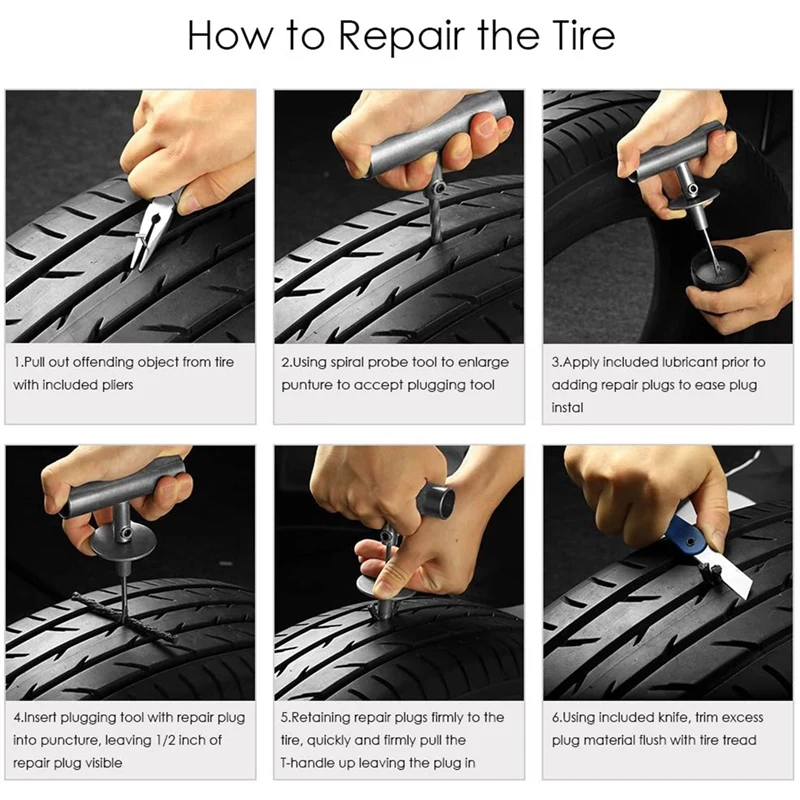
Consider ways to restore a damaged tire on the road. The first three methods are temporary. The latter, with the right approach, allows you to completely restore the tire.
 Immediately after use, it is recommended to drive 300-500 m so that the sealant is evenly distributed over the entire surface of the tire and does not cause imbalance.
Immediately after use, it is recommended to drive 300-500 m so that the sealant is evenly distributed over the entire surface of the tire and does not cause imbalance.

After removing the foreign object, the hole is processed with an awl with abrasive edges: this tool must be inserted into the puncture and cleaned and developed with intensive reciprocating movements several times. Then the raw rubber tow is removed from the package and inserted into the eye of the second awl so that both ends are the same length. The hole in the tire and the raw rubber is treated with an activator. Next, the awl is inserted into the puncture in such a way that small ends of the tourniquet, about a centimeter long, remain outside. After 5 minutes, the excess remaining on the surface is cut off. This method can also successfully eliminate small side cuts.
There is a technique that allows using wire and several bundles of raw rubber to get rid of even extensive side damage to tires. However, it is quite difficult to implement and not every driver will be able to implement it.
Consider a few well-known tools that are most widely used to repair punctures:
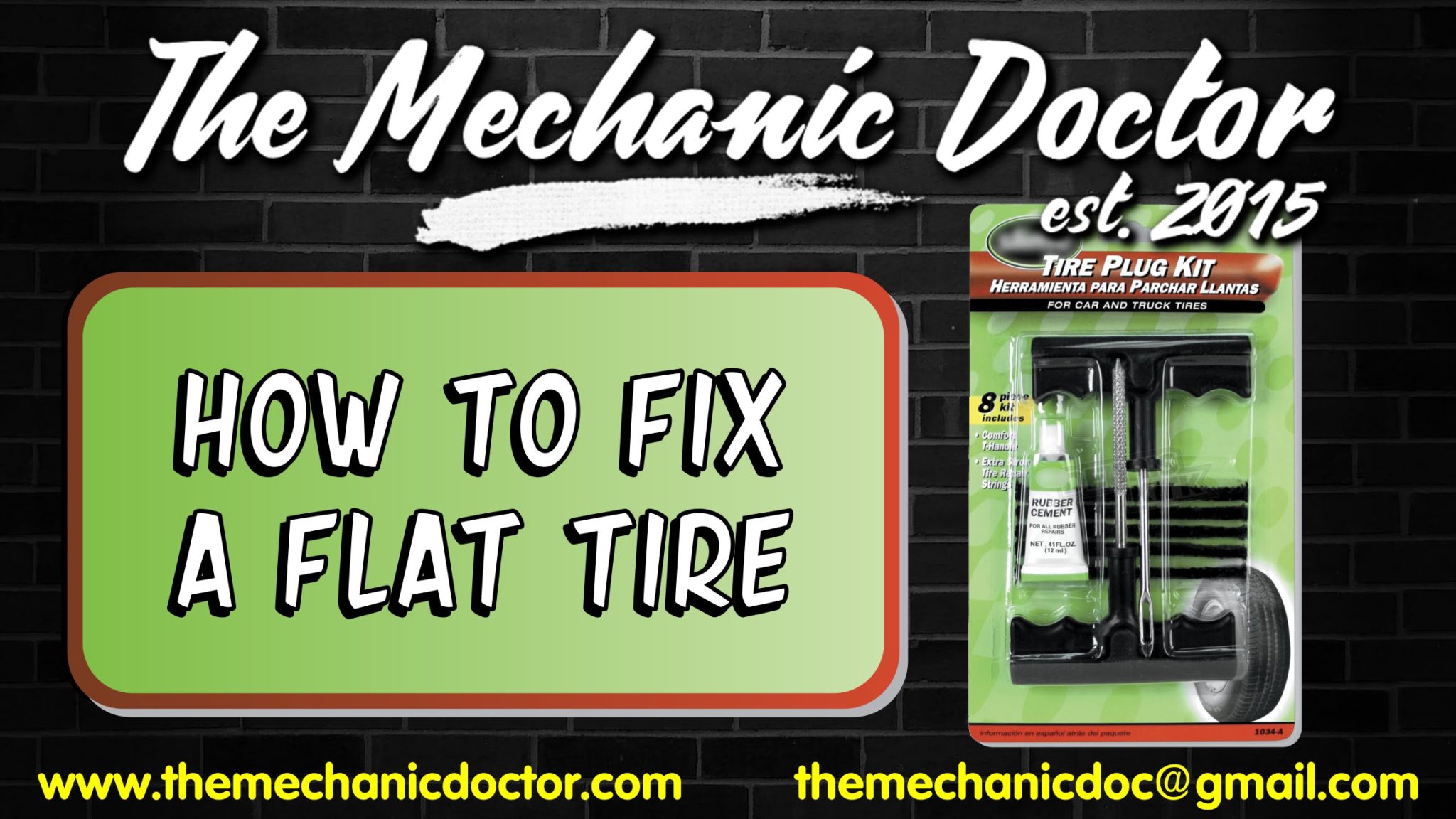 Supplied in a convenient bottle with a hose and a tip for connecting to a tire valve. It works in the same way as most sealants: the container is thoroughly shaken, after that a hose is attached, and the contents from the container are completely pumped into the tire. The maximum diameter of the repaired hole is 4.5 mm. This is almost always enough to repair punctures caused by nails and screws.
Supplied in a convenient bottle with a hose and a tip for connecting to a tire valve. It works in the same way as most sealants: the container is thoroughly shaken, after that a hose is attached, and the contents from the container are completely pumped into the tire. The maximum diameter of the repaired hole is 4.5 mm. This is almost always enough to repair punctures caused by nails and screws.
